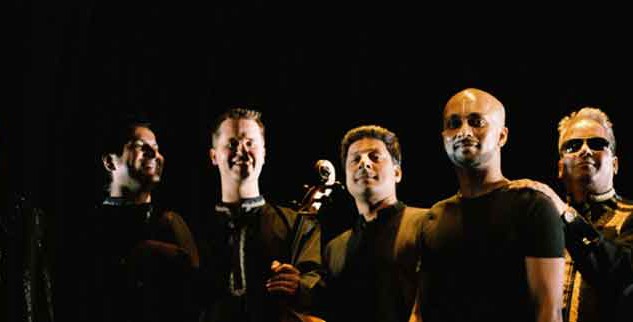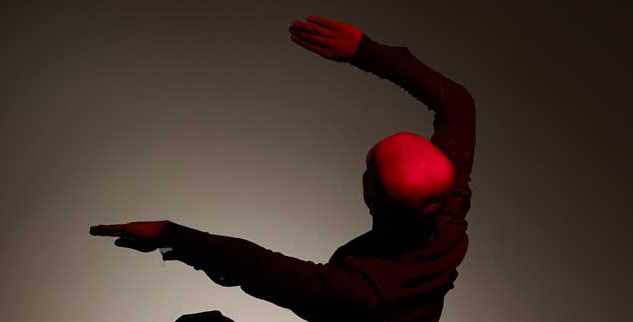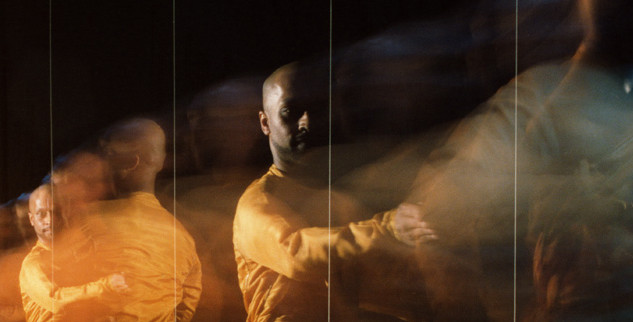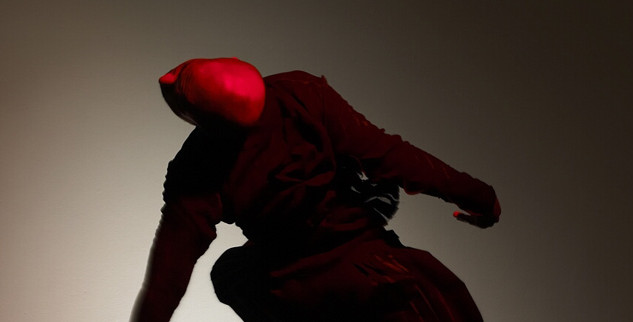Third Catalogue is the final part of a trilogy based on Hindu mythological gods.
The evening included the main solos from Akram Khan’s previous kathak programmes Polaroid Feet and Ronin and a new solo choreographed by Kumudini Lakhia one of India’s leading Kathak artists. It featured musicians from the previous kathak shows as well as introducing BC Manjunath the percussionist from ma, Akram’s latest contemporary creation.
This project concluded Khan’s status as an Associate Artist at Southbank Centre.
Ardhanarishwara
One-half Shiva, one-half Parvati, in exact balance. The equipoise of Ardhanarishwara is dynamically expressed through the fluid asymmetry of its posture. This piece brings to light the aspect of recitation in Kavitt as a poetic form blended in with melodic interludes. The balance that Ardhanarishwara represents is not merely biological as in gender, or physical as in the distinctly male and female stances that are conjoined in the composite being, but extends as a metaphor to all of creation.
Ronin
This piece highlights the character and focus of the great warrior Arjuna in the epic Mahabharata. Our introduction is with ten names that portray the power and precision of Arjun, when challenged to show his marksmanship, by hitting the eye of a revolving fish. The piece leads to a dialogue with Lord Krishna at the beginning of a mighty battle between the Pandava and Kaurava armies. Krishna gives spiritual enlightenment to the reluctant warrior Arjun, to do his duty in battle. Through this dialogue, Arjun realises that the true battle is for his own soul.
Chakravyuh
“Kumudini Lakhia is a choreographer of rare sensibility. She is one of India’s leading Kathak artist. Her dance has strong intellectual elements, and natural sophistication. Kumudini creates eye-catching stage geometry out of authentic time-tested units on kathak vocabulary, which results in a polish, compelling, fresh dance.”
It is believed that stories narrated to a mother-to-be are heard by the unborn child which shapes its future.
It was in the womb of his mother Subhadra, the sister of Lord Krishna, that Abhimanya heard the stories of war, warriors, and warfare. Abhimanya grew up to be a god-like lad, valiant and brave, proving himself worthy of his father Arjuna.
In the great battle of Kurukshetra between the Pandavas and Kauravas, it fell upon Abhimanya to break through the “Chakravyu”, the complex circular formation of the Kauravas’ enemy. He knew how to get into the circle because he had learned of it in his mother’s womb. He did not, however, know his way out.
Taking advantage of Abhiamnyu’s failure, the “Kauvaras” broke his bow, killed the horse of his chariot and finally attacked him fiercely. Abhimanyu fell fighting like a true warrior.



